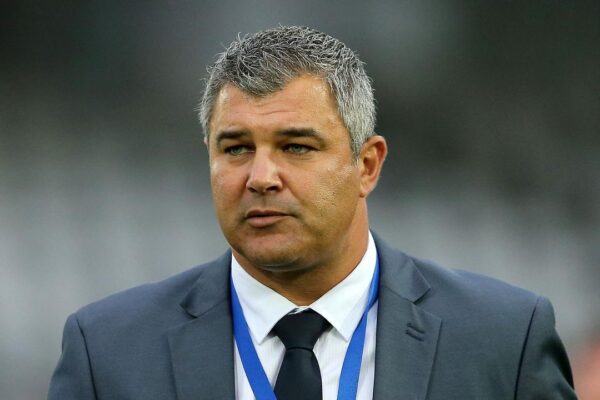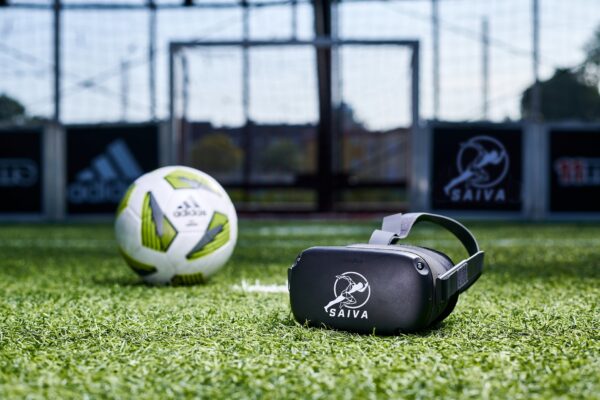
The ACT Government City Services announced last week major maintenance work on 129 sportsgrounds ahead of the summer sport season.
While city crews will be doing work like top dressing, upgrading turf, fertilising and removal and installation of goal posts, the fields will be closed to the public until the end of the month.
The remaining 18 fields unaffected will be open for sporting groups to use for training ahead of the new season coming.
The ACT Government biannually maintain the state’s sportsgrounds to prepare for winter and summer sporting events to keep the fields at their best performance.
Among the various works announced are soil testing to help measure the health of the grounds and know whether to add nutrients or reduce water use, as well as moisture content sensors to be installed to receive data to track how wet the fields during play and help with future planning watering and maintenance.
This year’s undertaking to improve sportsgrounds in the state sees the upgrade of women and girls changing rooms to meet the Female Friendly Change Rooms @ Sporting Facilities guidelines, sportsgrounds receiving new LED lighting for better visibility, and general maintenance and upkeep of sports equipment and repairs.
On the city services website, the body consults with local sports users, sporting peak bodies and monthly asset condition audits to priorities sporting infrastructure improvements unless the condition of works like irrigation and building refurbishment is deemed unsafe or no longer fit for use.
In a statement announcing the March maintenance period ahead of the winter sports season this year, Minister for Sport and Recreation, Yvette Berry reinstated the ACT Government continues to receive positive feedback from sporting peak bodies of this approach in keeping some grounds open during the two-week maintenance period.
However, football clubs in the area want to see more done to improve the playing pitches and infrastructure than the two maintenance cycles each year, with some commenting the project will cost a lot of money and the field to be closed for a year.
Reports of unplayable pitches and some sportsgrounds being comparably better maintained than others show an underlining gap in sporting fields within the city compared to the faster growing regions.
Some issues voiced come from players reportedly sustaining stress fractures (which occur more often with soccer players in the major leagues) and other injuries from playing on hard and uneven pitches.
Though, the state is still pumping funding into sports grounds and clubs via grants which could find its way into the much needed areas in the future.
The 2025/26 ACT Budget announced in June a $49 million investment into sporting grounds, including the Taylor District Playing Fields getting an expansion of two new rectangular synthetic grass fields.
ACT Treasurer, Chris Steel commented in a June statement the budget reflects the needs of a growing city.
“This investment delivers long-term benefits for local communities by building sport and recreation infrastructure that supports wellbeing, inclusion, and a high quality of life,” he said.
“We have a range of sporting clubs covering the Molonglo area that are itching to start using these high-quality facilities for training and matches closer to where their members live.”
A $2 million boost over two years to the Sports and Recreation Investment Scheme, used to support local clubs and facilities through grants was also announced.




















